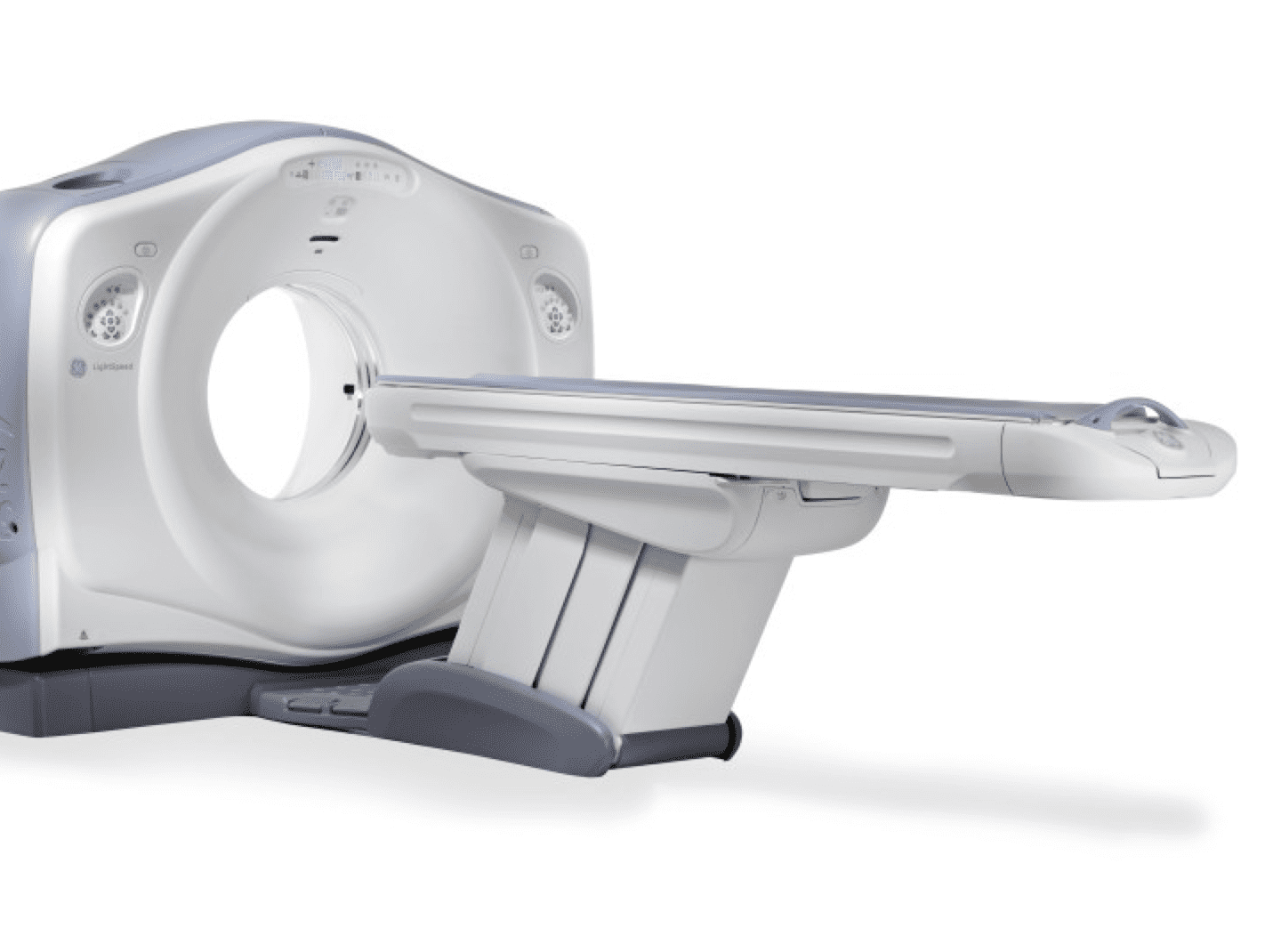Written By: Timothy M. Gustafson MBA, RT ( R )
There are several reasons that you or your institution may be considering utilizing mobile medical imaging in modalities such as CT, MRI, and PET/CT.
Some of the more common reasons include supplementation of existing imaging resources, maintaining service during technology replacement and upgrades, and increasing your capabilities just to name a few.
With the right consideration and planning this can be a very rewarding endeavor but like many things, lack of preparation can have disastrous consequences.
After 18 years in the field working with scores of clients and manufacturers, I have seen a myriad of results from various levels of preparation.
Failure to adequately prepare can be one of the costlier mistakes one can make in this area. Service disruptions are not only costly but can also affect patient care by causing delays and potentially compromise critical programs such as supporting stroke programs when CT resources are not readily available or operational.
So how can we prepare to take the processes and systems we have used inside the hospital and successfully transition them to a mobile trailer?
This is the prevalent question when preparing for this transition.
Staff and leadership alike can often be intimidated by the change in location, processes, and routines. This has a direct effect on the staffs’ confidence in their abilities and comfort with their surroundings while caring for patients.
This mental obstacle is often the first hurdle I assist institutions and teams with as I work to integrate what they do well with the numerous changes.
To that end, I have devised the top 5 aspects to consider prior to deciding on a vendor or signing a contract. While not intended to be an all-inclusive guide to successful planning, I wanted to pass along some of the more important considerations when “going mobile”.
1. Time


Before getting too far into the process of selecting a technology or a vendor, it is critical to determine how long the equipment will be needed.
In the case of adding mobile while in-house equipment is being upgraded or replaced, it is important to prepare for delays that too often occur and are largely out of our control.
If your CT vendor estimates a 12-month install, it is highly advised that you have mobile equipment in place or contracted for 1-3 months longer than the estimated install.
It can be problematic when the equipment you are contracted for is devoted to a follow-on assignment at the end of the contract. In some cases, an extension of contract terms can be at a higher rate than the initial contract which turns into a truly unnecessary cost.
2. Training


This is an area near and dear to my heart.
A transition to a mobile environment can be a challenge in and of itself but when the new equipment involves learning a new manufacturer or process, the challenge can be greatly increased.
Terminology and workflow differ between GE, Siemens, Toshiba, Hitachi, and others.
The differences are not always intuitive or simply a matter of new terminology. In most cases, staff will not have the time to train typically provided with a new manufacturer installation.
In my experience, I generally have had 2-5 days to train multiple Technologists how to use equipment that they are at best minimally familiar with. The process can be even more challenging when Cardiac, CTA, or special procedures are involved. Quite often budgetary and time constraints mean learning the basics quickly and instituting a “train the trainer” approach to bringing all Technologists up to speed.
An important consideration in this area entails seeking to allocate mobile units that are identical or close to the equipment being installed. This essentially gives your institution an invaluable head start on being proficient once the new in-house equipment is ready to use. When this is not possible, it is suggested to select technology as close to what the staff is already trained on to prevent having to learn skills applicable to the mobile unit during the interim but not applicable before or after the mobile unit arrives.
3. Physical Layout
In addition to a level and an easily accessible location to place the mobile unit, there are a few key things to keep in mind.
Proximity to power sources, the emergency room, protection from the elements, and distance from other services are key considerations. With longer-term mobile engagements, awnings and/or pathways may need to be installed to ensure patient safety and security.
It is important to note that distance from network connections can directly affect the reliability and strength of IT connections which makes this almost as important as how fast the equipment can scan.
4. Equipment Needs
As we know, it takes more than diagnostic imaging equipment to run an Imaging department. contrast injectors, durable goods, disposable medical equipment, faxes, and computers are just a few of the items needing to be relocated to the mobile unit in order to function effectively.
As a rule of thumb, if you needed it in the hospital, you will need it in the trailer.
This includes oxygen and crash carts which are often the last pieces of equipment to be relocated. It is of utmost importance to test the equipment in the new location prior to go-live in the mobile unit to mitigate post transition failures.
Common hospital beds can often be hard to maneuver and in some cases may not fit safely in a mobile unit. For this, I typically suggest using ambulance stretchers or wheelchairs to bring the patient out to the mobile unit.
Lastly, it is crucial to ensure that all stakeholders understand the needs of the mobile unit. This is particularly true for emergency personnel, biomedical engineers, and respiratory specialists who will need to ensure that their respective areas are in a constant state of readiness. Equipment failures can often have a magnified negative effect in a mobile environment.
5. Safety and Security
When not properly supported, technologists and support staff in a mobile unit can often feel isolated. This can have serious consequences for patient safety when staff does not know who to call when something goes wrong.
Additionally, it is paramount to ensure that resources such as Code Blue and Rapid Response teams are not only aware of new locations and processes, but perform live tests responding to issues in the trailer.
It is a serious problem if a Code Blue is called in the mobile unit and the team does not know where to find the patient. While this seems like common sense, there have been instances where this was overlooked.
Lastly, staff need to be familiar and able to teach other staff how to operate patient lifts and other equipment safely as they often have not been exposed to working in this environment.
While these elements may at first seem daunting, benefits of mobile imaging include service and support during the duration of the rental typically included in the monthly rental costs and exposure to newer technology. Proper planning with a long-term focus can actually render the project a worthwhile investment.
For best results, planning is key and there are many resources in the marketplace to assist your endeavor. Start early by seeking a trusted vendor as well as reaching out to your network or others for experiences and feedback and ask questions until you have all of the answers that you need to capitalize on the investment of your time and money.
I wish you success and as always, feel free to reach out to me if we can help make this a more manageable process.
Timothy M. Gustafson MBA, RT ( R )
Director of Imaging
Director of Applications Training




